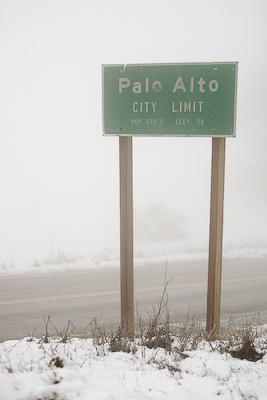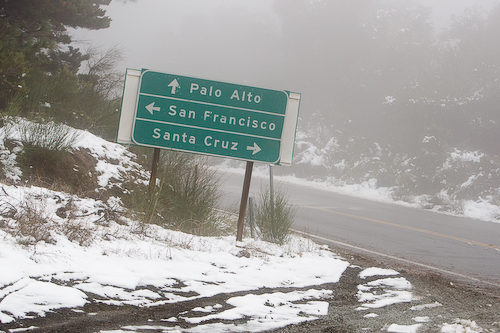The moment you miss
Ask any photographer, and he will be able to recount in detail the photos that he missed.
Such events evoke a feeling of helplessness. Whether because of equipment failures, a lack of equipment, misdirected attention, or bad timing, the result is the same: an image lost to eternity.
I experience this phenomenon several times during each sporting event that I cover. Maybe I screw up the focus on an otherwise amazing shot; perhaps I have my 400mm lens in my hands when a play happens three meters in front of me. The most embarrassing misses occur when I’m chimping — browsing the photos I’ve already taken — instead of keeping the camera to my eye, looking for new subjects.
One of the moments that I particularly regret missing occured during Rose’s homecoming this past October. I was standing in the crowd waiting for the traditional bonfire to be lit. It was nighttime, and we were all in a large field. It seemed like everybody wanted to record the moment, so there where hundreds of cell phones and digital cameras being held in the air, all pointed at the bonfire.
My attention wasn’t on the bonfire as the flames began to lick the wood. No, I was awestruck by the sight of those hundreds of backlit LCDs glowing in the night in front of the newly-ignited pile of railroad ties. I can still see the image in my mind’s eye. It would have been an amazing photograph, but I missed it. My camera was in the trunk of my car.
I had flown thousands of miles with thousands of dollars of camera gear, but it did me no good because I foolishly thought I wouldn’t need it that evening. I spent the rest of the weekend lugging my cameras with me, but I saw no other worthy images.
All photos are brief moments in time, fleetingly ephemeral. Once the moment is gone, it will never come again. No amount of grousing will bring it back. However, there are a number of things one can do to minimize the likelihood of a missed photo:
- Carry a camera. The best DSLR in the world does you no good if it’s not in your hands. Carry a decent compact camera even if you’re not planning on doing any shooting. You never know when an image will present itself. Even cell phone cameras can do in a pinch: some guy took a photo of the US Airways jet in the Hudson with his iPhone, and it ended up on the front pages of many major newspapers.
- Know your equipment. You don’t want to waste time screwing around with the exposure and focus. Similarly, you don’t want to take the shot, think you have it in the can, and later disover that it’s three stops underexposed and blurry.
- Don’t “chimp.” And by that I mean don’t go browsing through the “amazing” photos you’ve just taken; you’re liable to miss the new action. Pros who chimp get ridiculed by their peers, and rightly so. As a corollary, most pros shooting sports don’t use the instant-review function on their cameras (the feature that automatically shows the just-acquired image on the LCD for a few seconds after the capture).
- Always be looking. Open your eyes. Scan the area. Move around. Some of the best moments occur away from the supposed subject.
- When in doubt, snap the shutter. Digital memory is cheap, so when in doubt, shoot.
In short, follow the Scout motto: Be prepared.



Recent Comments